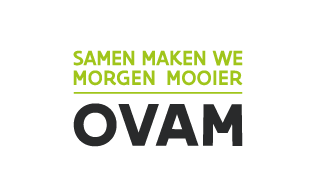Resource efficiency indicators to assess circular economy strategies: A case study on four materials in laptops
Abstract
G. Moraga, S. Huysveld, De Meester, S. and Dewulf, J.
Electronics require a complex composition and energy-intensive manufacturing. Yet, most of the world's waste electrical and electronic equipment is not collected and recycled. Circular economy (CE) strategies can reduce the loss of materials and environmental footprint in electronics. Resource efficiency indicators – typically defined as benefits (handprint) over burdens (footprint) – can measure materials’ life cycle performance. This paper aims to develop resource efficiency indicators that show the benefits and burdens of materials use. We illustrated the indicators with a case study of four materials (aluminium, copper, iron, and plastics) embedded in laptops. The study includes scenarios with different CE strategies: energy recovery, recycling, refurbishing, and reuse. The scenarios show the use of the materials in several cycles of laptops over a 25-year time horizon.
Generally, scenarios with cycles of refurbishment and reuse showed improved resource efficiency compared to recycling scenarios. Compared to energy recovery the improvement was up to 189% (refurbishment) and 157% (reuse) in the case of aluminium. Nonetheless, it is remarkable that the average resource efficiency results showed a preference for refurbishing over reuse during 25 years. The result is limited to a shorter functional in-use time of reused laptops. This analysis is relevant for a CE, where the value of materials should be kept for as long as possible. Our methodology expands the traditional one-cycle perspective by measuring the use of materials for 25 years. Policy-makers can use our indicators to assess CE strategies for several product cycles that keep materials in use lowering environmental impacts.
.png)

.png)






